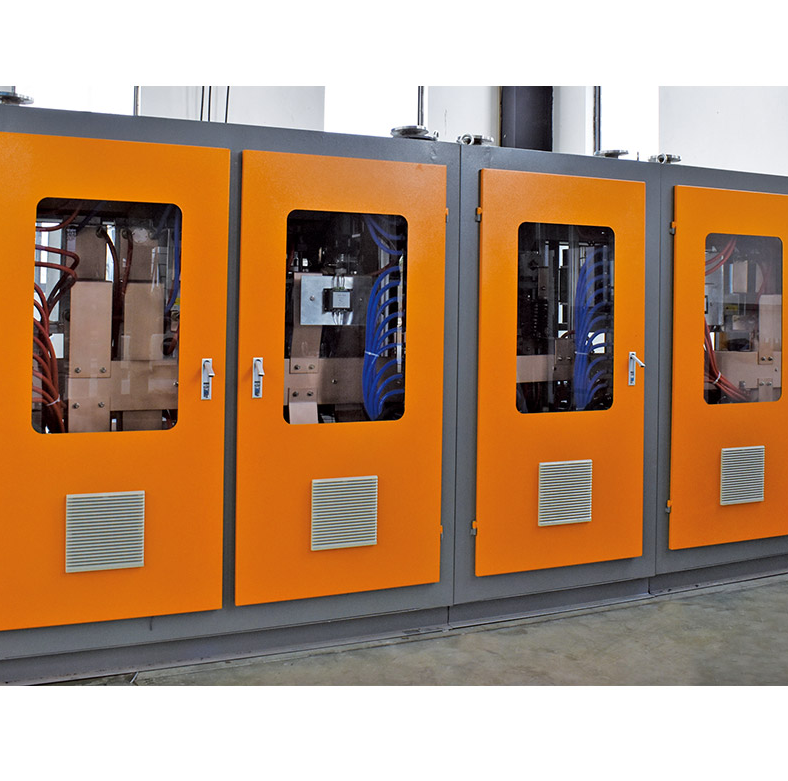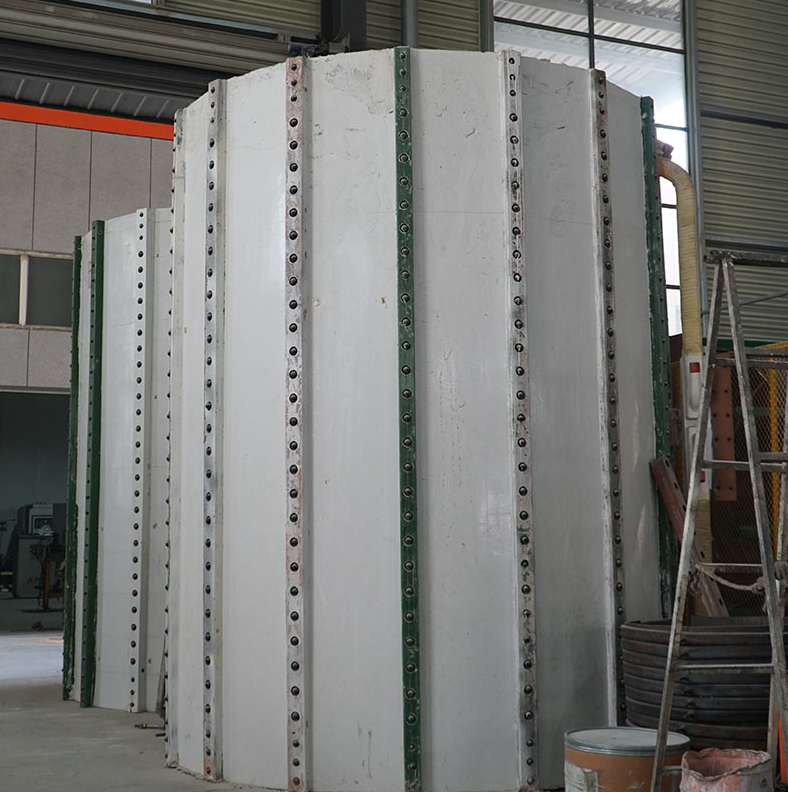6 Benefits of High Frequency Induction Melting Furnace for Steel and Metal Industry
In the dynamic and highly competitive steel and metal industries, the pursuit of innovative solutions to enhance production efficiency, reduce operational costs, and improve product quality is constant. One technology that has been proven to deliver these benefits, along with several others, is the High Frequency Induction Melting Furnace. As industries increasingly focus on energy efficiency, sustainability, and precision, high-frequency induction melting furnaces are swiftly becoming the preferred choice for many.
But what makes these furnaces so beneficial to the steel and metal industries? Let us examine six key advantages of high-frequency induction melting furnaces and uncover why they are transforming the metal melting and refining process.
1. Energy Efficiency: A Transformational Advantage for Industrial Operations
The steel and metal industries rank among the largest energy consumers globally. Traditional melting technologies, such as electric arc furnaces and gas-fired furnaces, are infamous for their high energy consumption and inefficiency. In contrast, High Frequency Induction Melting Furnace presents a far more energy-efficient alternative.
How It Works:
An electromagnetic field is generated by the furnace, which induces a current within the metal, causing it to heat and melt without direct contact with the heating element. This process, based on electromagnetic induction, is exceptionally efficient because it directly heats the metal, rather than wasting energy heating the surrounding air or furnace.
Key Benefit:
This direct heating method reduces energy loss, which results in lower electricity consumption and decreased operational costs. Compared to traditional furnaces, high-frequency induction melting furnaces can be up to 30% more energy-efficient, offering significant savings.
2. Faster Melting Times and Enhanced Productivity
In industrial production, time directly correlates to money, and in the steel and metal industries, rapid turnaround times are essential. High Frequency Induction Melting Furnace excels in delivering faster melting times, which, in turn, boost production speed and output.
Speed and Precision:
These furnaces offer precise control over the heating process, enabling quick metal melting without the risk of excessive overheating. This precision minimizes metal degradation, ensuring the process is both fast and of high quality.
Key Benefit:
Melting times can be reduced by up to 50% compared to conventional methods. This acceleration in the melting process leads to a significant increase in productivity, allowing manufacturers to meet stringent production deadlines more effectively.
3. Enhanced Metal Purity and Consistency
Ensuring consistent quality and purity of metal is one of the biggest challenges in melting processes. Factors such as temperature fluctuations, improper control of the melting process, or contamination from the furnace can negatively impact the final product. High Frequency Induction Melting Furnace solves this problem by offering superior control over the heating process.
Why It Matters:
By directly heating the metal through electromagnetic induction, these furnaces ensure a uniform heating environment, which prevents uneven melting and reduces the likelihood of oxidation or contamination. Additionally, the precise temperature regulation ensures that metal alloys are refined to the highest standards, yielding more consistent final products.
Key Benefit:
The ability to control the heating process contributes to the production of high-purity metals, which is critical in industries such as aerospace, automotive, and electronics. Moreover, the consistent nature of the melting process reduces scrap rates and improves product quality across production cycles.
4. Versatility: Ability to Melt a Wide Range of Materials
In industries like steel and metal manufacturing, a diverse array of alloys is often used, each with different properties and melting points. High Frequency Induction Melting Furnace is adaptable enough to handle a wide range of metals, including steel, iron, copper, aluminum, silicon, and manganese, making them highly versatile for various industrial applications.
Customizable Melting Capacities:
These furnaces are capable of processing large volumes of materials, with certain models capable of melting up to 90 tons of metal per furnace. Their versatility extends not only to the types of metals they can melt but also to the different batch sizes they can accommodate.
Key Benefit:
Whether it involves small-scale production of high-value metals or large-scale operations with common alloys, high-frequency induction melting furnaces offer the flexibility to meet various production demands and adapt to different operational requirements seamlessly.
5. Space Efficiency: Smaller Footprint, Larger Impact
In expansive industrial operations, maximizing factory space is a priority. Traditional melting technologies, such as electric arc furnaces, tend to be bulky and require substantial floor space. Conversely, High Frequency Induction Melting Furnace is compact, making it easier to integrate them into existing production lines.
Compact Yet Powerful:
Despite their large melting capacities, high-frequency induction furnaces are designed to occupy less space. Their compact size does not compromise performance, as they can handle volumes of metal similar to larger traditional furnaces, but without the associated size and complexity.
Key Benefit:
The space-saving design is particularly beneficial for manufacturers looking to optimize their factory layouts. It allows companies to utilize available space for additional machinery or to expand production capacity without needing to acquire more floor space.
6. Reduced Maintenance and Operational Costs
Traditional melting furnaces often demand frequent maintenance due to wear and tear on components such as heating elements and refractory linings. High Frequency Induction Melting Furnace, however, feature fewer components prone to damage, resulting in lower maintenance costs over time.
Reduced Wear and Tear:
Because induction melting furnaces rely on electromagnetic fields instead of direct contact with heating elements, the risk of physical damage to components is reduced. Additionally, the advanced digital control systems of these furnaces minimize the need for manual adjustments, reducing operator errors and enhancing system reliability.
Key Benefit:
Industries benefit from reduced maintenance and operational costs, resulting in less downtime, fewer repairs, and an extended lifespan for the equipment.
Market Trends and Future Outlook for High-Frequency Induction Melting Furnaces
The global market for high-frequency induction melting furnaces is experiencing rapid growth as industries continue to recognize the advantages of this technology. In 2023, the market was valued at USD 4.5 billion, and it is projected to grow at a compound annual growth rate (CAGR) of 6.3%, reaching an estimated USD 7.5 billion by 2028.
This growth is fueled by rising demand from sectors such as steel production, automotive manufacturing, and foundries, where energy-efficient, high-precision metal melting is crucial. Moreover, as the push for sustainable industrial practices intensifies, companies are increasingly turning to technologies that minimize energy consumption and environmental impact—two areas in which high-frequency induction melting excels.
Conclusion: Why High-Frequency Induction Melting Furnaces Are the Future
In conclusion, high-frequency induction melting furnaces offer numerous benefits to the steel and metal industries, including improved energy efficiency, faster melting times, enhanced metal purity, versatility, space-saving design, and lower maintenance costs. As market adoption increases and the demand for energy-efficient, sustainable solutions grows, these furnaces are becoming an indispensable tool for companies striving to remain competitive in a market marked by rising operational costs and an increasing focus on environmental responsibility.
For those in the industrial sector looking to stay ahead of technological trends, investing in high-frequency induction melting technology is not just an option—it has become an essential strategy for long-term growth, efficiency, and sustainability.



